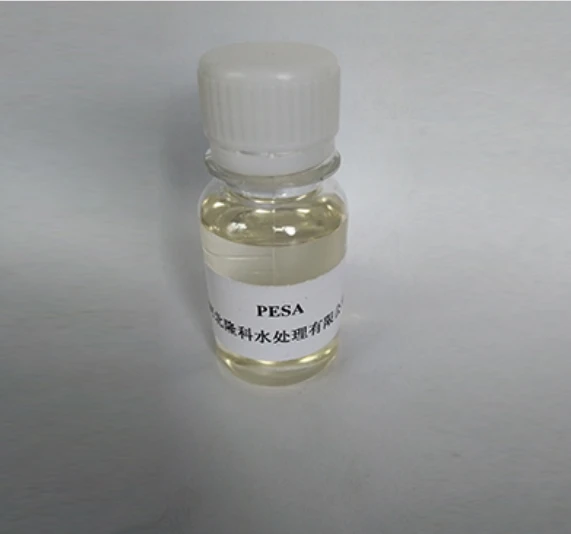polyacrylamide is a
The Versatility of Polyacrylamide Applications and Importance
Polyacrylamide, often abbreviated as PAM, is a synthetic polymer that has gained significant attention in both academic research and industrial applications. Its versatility arises from its ability to form gels, establish viscosity, and enhance the stability of various formulations, making it an essential material in a wide array of fields such as water treatment, agriculture, and biomedical applications.
1. Composition and Properties
Polyacrylamide is formed through the polymerization of acrylamide monomers. This reaction can produce a linear or cross-linked polymer, with varying molecular weights and properties based on the specific synthesis conditions employed. One of the key features of polyacrylamide is its capacity to absorb water, which allows it to swell and form a gel-like structure. The degree of this swelling and the resultant viscosity can be tailored according to the application by adjusting the concentration of polyacrylamide and the degree of cross-linking.
Additionally, polyacrylamide can be functionalized to enhance its properties or introduce specific functionalities. For instance, it can be modified to create positively or negatively charged chains, influencing its interaction with other substances and enhancing its effectiveness in various applications.
2. Water Treatment Applications
One of the most prominent uses of polyacrylamide is in water treatment processes. In municipal and industrial wastewater treatment settings, PAM serves as a flocculating agent. It aids in the aggregation of suspended particles, allowing them to settle more quickly and be removed from the water. This process improves the overall efficiency of the treatment operation, leading to cleaner and safer effluents.
In addition, polyacrylamide is employed in oil recovery processes known as enhanced oil recovery (EOR). By injecting water containing PAM into depleted oil reservoirs, the viscosity of the water is increased, which helps to displace oil trapped in the porous rock formations. This leads to a significant increase in the amount of recoverable oil, thus improving the economic viability of oil extraction processes.
polyacrylamide is a

3
. Agricultural UsesPolyacrylamide also finds extensive utility in agriculture, particularly in soil management and irrigation practices. When used as a soil conditioner, PAM enhances the soil's water retention capacity, thereby reducing erosion and improving crop yields. This is especially beneficial in arid and semi-arid regions where water scarcity is a critical issue. By incorporating polyacrylamide into the soil, farmers can promote healthier plant growth while minimizing the frequency of irrigation.
Moreover, PAM is used in the formulation of controlled-release fertilizers. These fertilizers offer a slow release of nutrients, which allows for better nutrient management and reduces the risk of leaching into groundwater sources. This not only supports sustainable agricultural practices but also helps in safeguarding water quality.
4. Biomedical Applications
The biomedical field has also recognized the potential of polyacrylamide. Its biocompatibility and ability to form hydrogels make PAM suitable for drug delivery systems, tissue engineering, and wound healing applications. When used in drug delivery, polyacrylamide hydrogels can encapsulate pharmaceutical agents, enabling controlled release over time, which enhances therapeutic efficacy and minimizes side effects.
Furthermore, in tissue engineering, polyacrylamide scaffolds support cell growth and can be designed to mimic the extracellular matrix, facilitating the regeneration of tissues. These applications underscore the importance of polyacrylamide in advancing medical technologies and improving patient care.
5. Conclusion
In summary, polyacrylamide is an incredibly versatile polymer with a plethora of applications across various sectors. From water treatment to agriculture and biomedicine, its unique properties make it an invaluable material in addressing contemporary challenges. As research continues and technology advances, the potential applications of polyacrylamide are likely to expand, further underscoring its significance in modern science and industry. Understanding and harnessing the capabilities of polyacrylamide can lead to innovative solutions that promote sustainability, enhance efficiency, and improve overall quality of life.
-
Water Treatment with Flocculant Water TreatmentNewsJun.12,2025
-
Polymaleic AnhydrideNewsJun.12,2025
-
Polyaspartic AcidNewsJun.12,2025
-
Enhance Industrial Processes with IsothiazolinonesNewsJun.12,2025
-
Enhance Industrial Processes with PBTCA SolutionsNewsJun.12,2025
-
Dodecyldimethylbenzylammonium Chloride SolutionsNewsJun.12,2025





